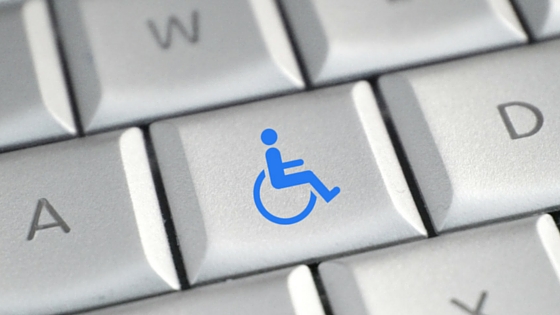People in the field of exoskeleton technology are now talking casually about something quite remarkable: the end of disability and immobility as we know it. They're describing, with very calm, no-nonsense faces and with surprisingly believable scenarios, a future in which everyone is able-bodied.
How on earth is this possible?
The answers will astound you.
The Exoskeleton Revolution
Hugh Herr, a bionics designer at MIT, lost his legs in an accident while mountain climbing. In a recent TED Talk, discussed here in a recent TechCruch post, Herr said these inspiring words: “A person can never be broken. Our built environment, our technologies, are broken and disabled. We the people need not accept our limitation, but can transcend disability through technological innovation.”
As noted in the TechCrunch post, exoskeleton technology is realizing Herr's words for paraplegics and for those without limbs: for example, robotic arms powered by the person's mind can grab objects with precision, and in the near future, this new bionic arm technology could become preferred over natural arms. Astonishingly, scientists predict that people will willingly have their natural arms removed and replaced by bionics. (In other words, the age of robot-powered super strength is upon us.)
And though most people think of arms and legs when they think of prosthetics, the bionic eye known as Argus II — which partially restores vision to those blinded by retinitis pigmentosa — was made available to the public in 2013.
How the Bionic Arm Works
As explained on the site of the Rehabilitation Institute of Chicago, scientists found a way to attach mind-controlled robotic arms to Jesse Sullivan, a man who lost both arms in an electrocution accident while working on power lines. Although the execution of the technology is surely complex, the concept is surprisingly simple:
- Take the working nerves in the shoulders that the patient's brain had used to move the arms and reattach the nerves to the patient's chest muscles.
- Attach receptors from the robotic arm to the transplanted nerves in the chest muscle.
- When the brain thinks about closing the hand, muscles in the chest contract. The robotic arm detects this contraction and contracts its robotic hand accordingly.
The Age of the Modified Human
Scientists and writers alike have been buzzing about the coming Age of the Modified Human. In this world, people will buy exoskeleton suits like they would buy a new set of clothes, and they might have different exoskeleton suits for different purposes.
Exoskeleton suits are already available and helping those who are paralyzed walk. NBC News reported on the ReWalk Robotic Exoskeleton Suit with this observation:
A robotic exoskeleton that helps paralyzed people walk again has won Food and Drug Administration approval, meaning anyone can buy one. “For the first time individuals with paraplegia will be able to take home this exoskeleton technology, use it every day and maximize on the physiological and psychological benefits we have observed in clinical trials,” said Larry Jasinski, CEO of Argo Medical Technologies, which makes the suit.
As this technology inevitably becomes commercialized and commonplace, people who are not modified with any technology might become the ones who are categorized as having a disability. In other words, a person could be born with a healthy body, but not considered “fully able-bodied,” as TechCrunch words it, until they have been modified.
Frankly, we already see this new definition of “disability” emerging. Society at times views people who do not participate in 21st century technology — i.e. smartphones, social media, computers, email — as having a broad disadvantage compared to those who do. This is a small hint of what could come.
Regardless of any social controversies or even ethical questions that will inevitable arise, one thing is clear: technology is combating physical disability and immobility in ways that were considered science fiction even just a couple of decades ago.
I'm curious to know what you think about this?













